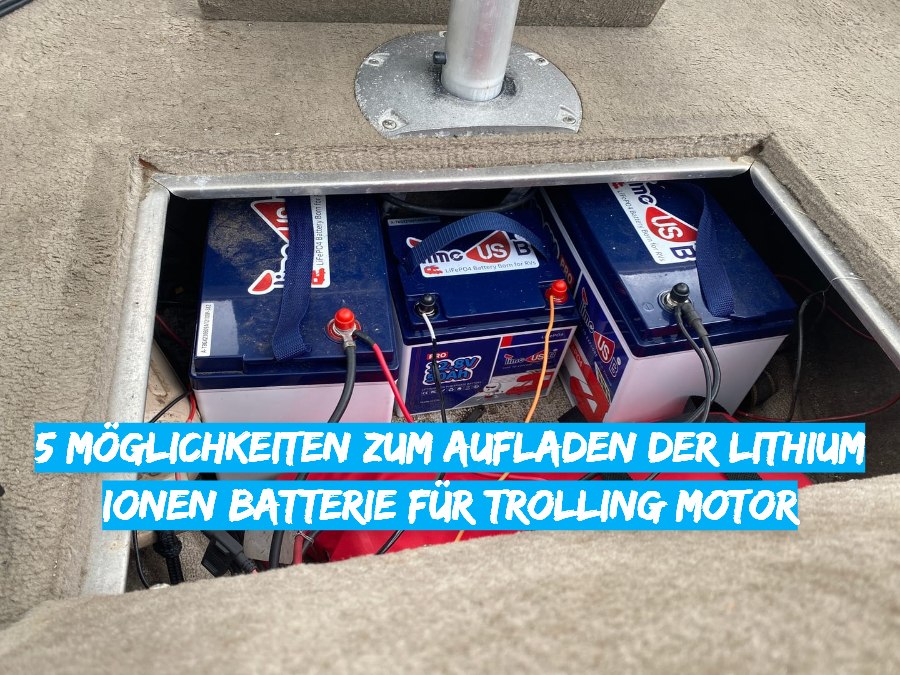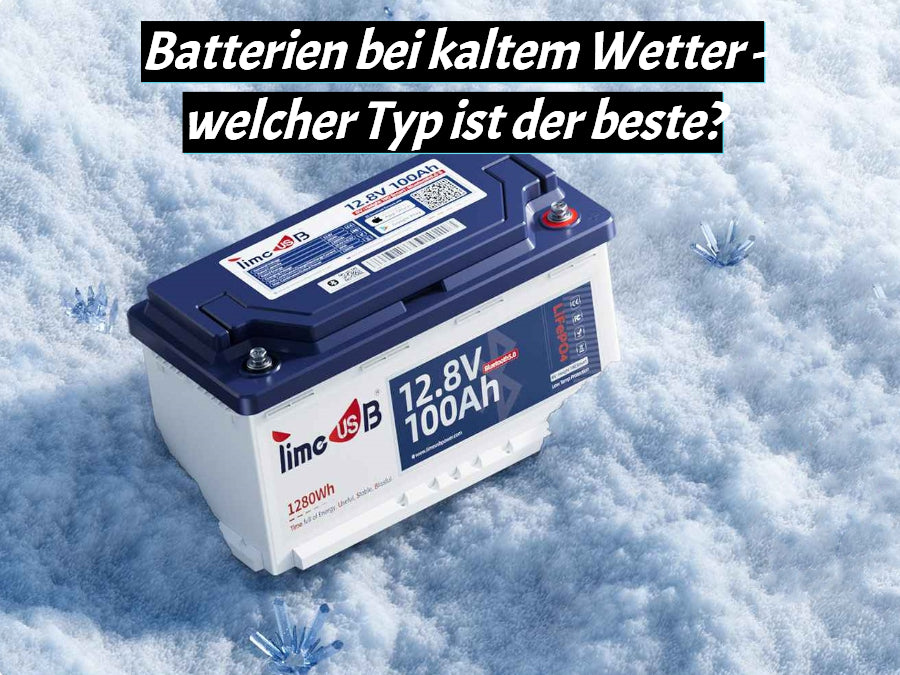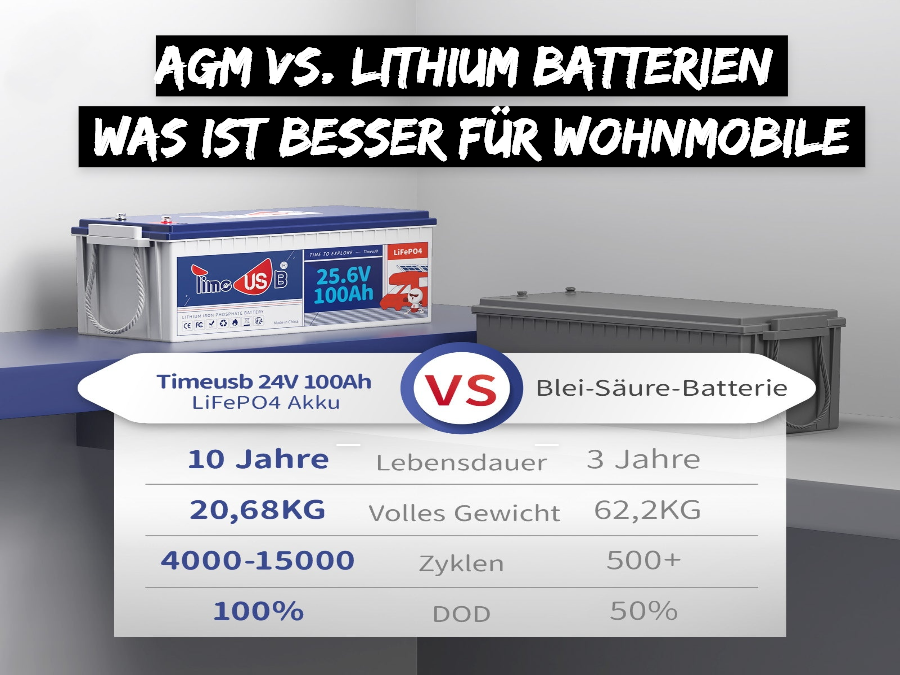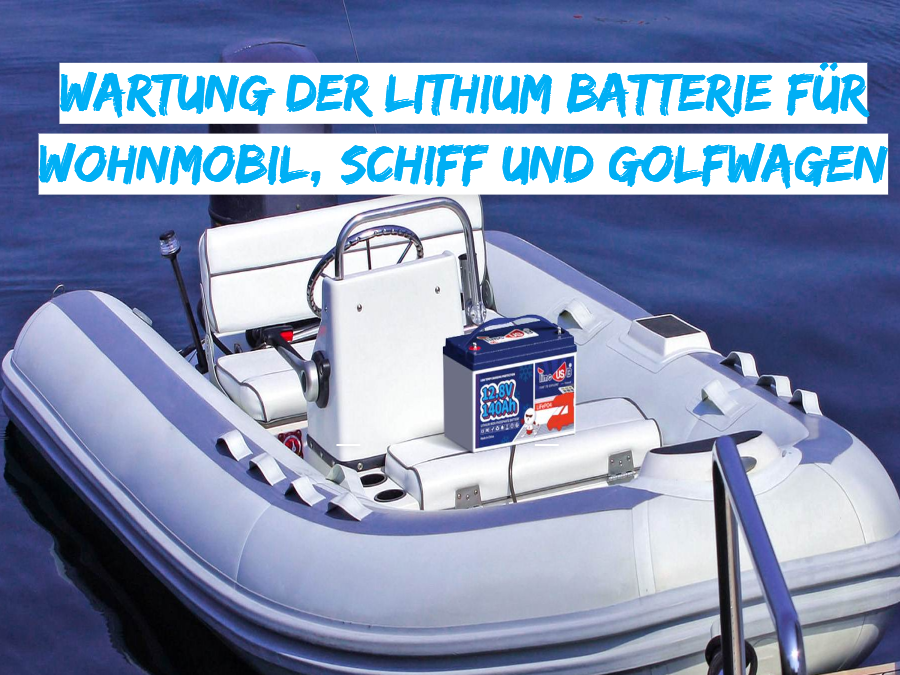5 ways to charge the lithium ion battery for trolling motor

Trolling motors are essential for anglers who need efficient and quiet propulsion on the water. However, charging the trolling motor battery - whether it's a starter battery or a deep cycle battery - can be a challenge.
In this article, we'll explore effective methods for charging your trolling motor batteries on the lake so you can make the most of your time on the water without worrying about draining your battery.
Table of contents
- Part 1. How to charge lithium ion battery for trolling motor on the water
- 1.1 Solar panels
- 1.2 Using an on-board charger
- 1.3 Investing in a portable battery charger
- 1.4 Setting up a dual battery system
- 1.5 Use a trolling motor alternator
- 1.6 Practice the energy-efficient use of your trolling motor
- Part 2. Upgrading to lithium ion battery for trolling motor for an extra long experience
- 2.1 Benefits of upgrading to lithium ion battery for trolling motor
- Part 3. Conclusion
Part 1. How to charge lithium ion battery for trolling motor on the water
Imagine this scenario: you're in the middle of a huge lake or ocean and suddenly your trolling motor stops working. You check and find that your battery is either almost empty or completely dead. What do you do next? This is a frustrating occurrence for many anglers, as a dead trolling motor battery can bring a fishing trip to an abrupt end. Finding yourself in such a situation with no way to recharge can be disheartening. Fortunately, there are methods to revive a dead trolling motor battery.
1.1 Solar panels
Solar panels are probably the best option for most anglers. Charging your trolling motor batteries with solar panel on the lake is a sustainable and convenient way to keep your batteries powered. Here is a simple guide on how to do it:
Choose the right solar panel: Choose a solar panel suitable for charging marine batteries and make sure it has enough watts to generate the required power for your trolling motor batteries. Flexible and lightweight options are ideal for this purpose.
Secure the solar panel: Position the solar panel on the deck of your boat and make sure it receives direct sunlight. Secure it well so it doesn't move while you're sailing.
Connect the charge controller to the batteries: Connect the charge controller to your trolling motor batteries using the appropriate cables and connectors. This will ensure that the batteries are charged effectively without the risk of overcharging or incorrect voltage.
Connect the solar panel to the charge controller: Connect the solar panel to the charge controller to control the flow of current to the battery. The charge controller regulates the voltage and current to prevent overcharging and protect the battery.
Monitor and maintain: Check the connections and charge controller regularly to make sure everything is working properly.Keep the solar panel clean and free of contaminants to maximize its efficiency in using sunlight.
1.2 Using an on-board charger
If your boat has an onboard charger, this is a great solution for maintaining your battery system. An onboard charger stays connected to the batteries and ensures that you never experience the unpleasant surprise of a dead lithium ion trolling motor battery.
1.3 Investing in a portable battery charger
A portable battery charger is an essential tool for charging lithium ion batteries for trolling motors on the lake. Choose a charger specifically designed for boat batteries as they are built to withstand harsh water environments. These chargers are typically compact, lightweight and packed with features suitable for use on boats. When choosing a charger, look for the amp capacity, versatility and compatibility with your lithium ion battery for trolling motor type.
1.4 Setting up a dual battery system
Consider installing a dual battery on your boat to provide continuous power for your trolling motor. This setup uses one battery to run the trolling motor while the other battery is charging. When the motor is not in use, the charging battery can replenish the power of the trolling motor battery. This method allows you to switch between batteries and ensure that you always have a fully charged power source available.
1.5 Use a trolling motor alternator
Some trolling motors are compatible with alternator systems that generate electricity while the motor is running. This electricity can be used to charge the trolling motor's lithium ion batteries directly, providing a convenient and efficient way to maintain their charge while on the lake. Trolling motor alternators are designed to integrate seamlessly with the operation of the motor, allowing for continuous charging without manual intervention.
1.6 Practice the energy-efficient use of your trolling motor
Conserving battery power is important to extending the run time of your trolling motor batteries on the lake. Employ energy-efficient strategies such as lower speed settings, maintaining a steady course, and avoiding abrupt speed changes. Being mindful of your power consumption can extend the length of time your trolling motor batteries will last before you need to recharge them.
Part 2. Upgrading to lithium ion battery for trolling motor for an extra long experience
Upgrading to lithium batteries can greatly improve your trolling motor experience on the water. Here are the key benefits and considerations for switching to lithium trolling motor batteries:
2.1 Benefits of upgrading to lithium ion battery for trolling motor
Low weight: Lithium batteries are generally lighter than traditional lead-acid batteries, which reduces the overall weight of the boat and makes it easier to transport and handle. Timeusb 12V 100Ah Mini Group 24 LiFePO4 battery For example, it only weighs 21 kg.

Higher energy density: Lithium batteries offer higher energy density, resulting in longer run times and higher efficiency than lead-acid batteries. This means you can stay on the water for longer periods of time without worrying about running out of power.
Faster charging: Lithium batteries typically charge faster than lead-acid batteries, resulting in less downtime between uses and allowing you to get back on the water sooner.
Longevity: Lithium batteries have a longer lifespan and can withstand more charge cycles than conventional batteries, which represents better value in the long term. Timeusb lithium batteries For example, they have a lifespan of 4,000 to 15,000 cycles and can last more than a decade.
Part 3. Conclusion
In summary, optimizing trolling motor battery charging methods on the water is essential for an uninterrupted and enjoyable fishing experience. Whether you use solar panels, onboard chargers, portable battery chargers, or innovative dual battery configurations, there are several efficient strategies to ensure a continuous power supply for your trolling motor.
Additionally, energy-efficient trolling motors and upgrading to lightweight, high-performance lithium batteries can significantly increase your time on the water. These batteries offer longer run times, faster charging, and lasting reliability. By implementing these charging solutions and exploring advanced battery options, anglers can enhance their boating experience and maximize their fishing time without worrying about battery depletion.




